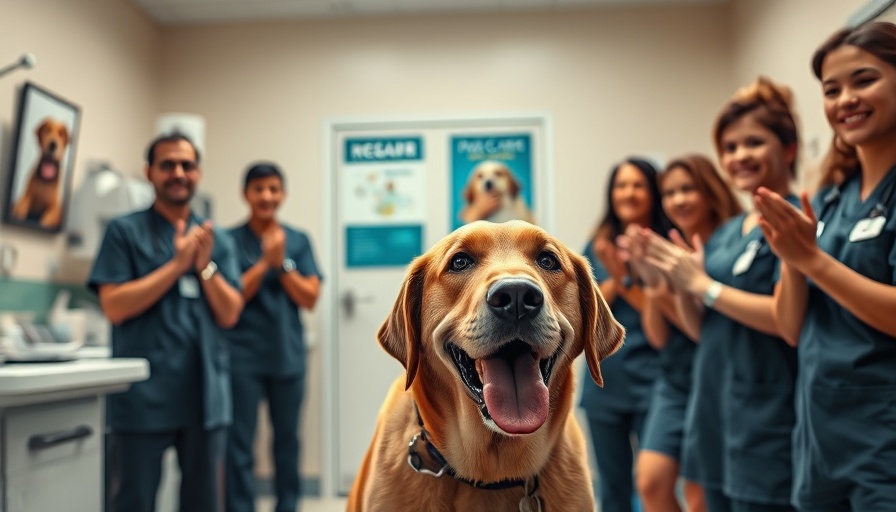
Understanding Employee Appreciation: Why It Matters
In an industry where stress levels are high, cultivating a culture of appreciation within veterinary clinics can profoundly impact employee morale and retention. Despite numerous efforts to enhance workplace culture, recent trends indicate that employee engagement is waning. This is particularly concerning in environments like veterinary clinics where staff often face emotional and physical challenges. Thus, genuine appreciation emerges as a fundamental need for fostering a thriving workplace.
The Neuroscience Behind Appreciation
Experts suggest that expressing gratitude significantly alters brain chemistry, generating dopamine and serotonin which enhances motivation and emotional regulation. Amy Brann, a founder of applied neuroscience, highlights that appreciation minimizes the activity in the amygdala, a brain region responsible for threat detection. When veterinary professionals receive genuine recognition, they are more likely to feel safe, inspired, and perform better, ultimately benefiting the clinic's service quality.
Micro-Moments: The Power of Small Actions
Gratitude should not be limited to monumental gestures but should be integrated into daily practices. Micro-moments such as a quick 'thank you' during busy shifts or acknowledgment of an employee’s handling of a demanding pet can foster a more inclusive environment. Ella Davidson, founder of a PR agency, underscores that regular check-ins can go a long way in ensuring that employees feel recognized not only for their technical prowess but also for their contributions to team dynamics.
Building a Consistent Culture of Appreciation
In veterinary practices, it is essential to create a consistent culture of appreciation. This means showing support during both professional milestones and personal challenges. Regularly highlighting achievements—no matter how small—cultivates an atmosphere of trust and belonging. When employees feel they have the backing of their leaders, they become more engaged and less likely to experience burnout.
Safety and Trust: The Foundation of Appreciation
Establishing a framework of safety is critical in veterinary clinics where employees frequently confront high-stakes situations. Leaders should actively demonstrate that they are responsible for outcomes, creating a safe space for team members to express concerns and share experiences. This established safety can pave the way for open dialogues around workplace challenges, ultimately leading to better teamwork and improved service delivery.
Turning Appreciation Into Action: Practical Tips
1. **Integrate Appreciation into Team Meetings:** Use team meetings not only for operational discussions but also as opportunities to recognize individuals or team successes.
2. **Create Appreciation Rituals:** Whether it’s a monthly bulletin board featuring employee highlights or a weekly email showcasing achievements, creating rituals can reinforce the message of gratitude.
3. **Encourage Peer Recognition:** Implement a system where employees can acknowledge their peers. This fosters camaraderie and reinforces a collective commitment to recognition.
Conclusion: The Ripple Effect of Genuine Appreciation
Instilling a culture of appreciation in veterinary clinics not only enhances staff morale but also translates into better client interactions. A team that feels valued is likely to deliver exceptional care, creating a positive cycle of service excellence and organizational success. Veterinary clinic leaders should take actionable steps to ensure appreciation is an ongoing part of their operations, leading to happier employees and, ultimately, satisfied clients. As the industry moves towards prioritizing mental well-being, it is crucial to recognize the simple yet effective power of gratitude.
 Add Row
Add Row  Add
Add 




Write A Comment